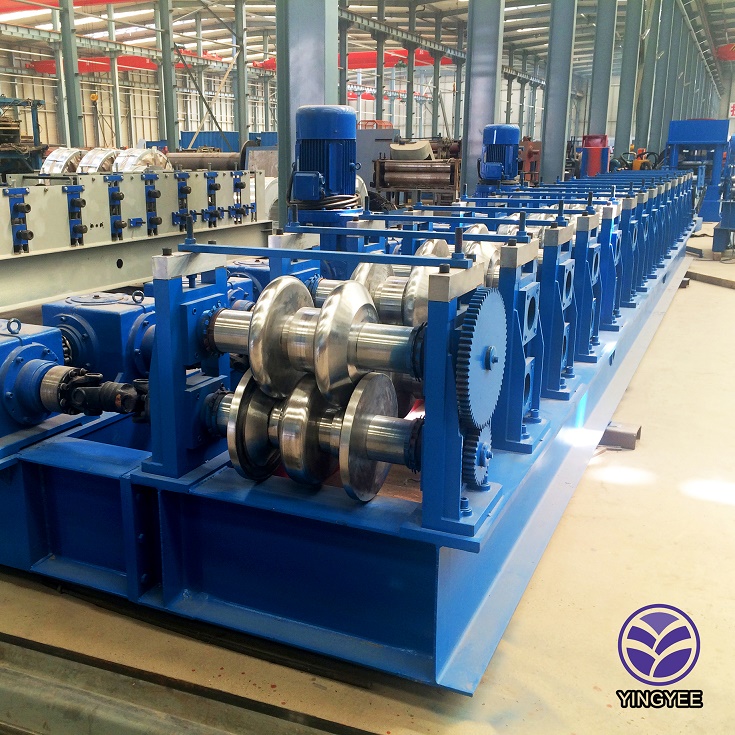
Understanding Coil Cut-to-Length Lines Efficiency in Metal Processing
In the world of metal processing, efficiency is key, particularly when it comes to managing raw materials and optimizing production workflows. One of the most significant advancements in the industry is the development of coil cut-to-length lines. These systems have revolutionized the way metal coils are handled, processed, and transformed into usable flat sheets or plates, making them an essential asset for manufacturers across various sectors.
What is a Coil Cut-to-Length Line?
A coil cut-to-length line is a specialized piece of machinery designed to convert large coils of metal, such as steel or aluminum, into predetermined lengths of flat material. The process involves several stages, including unwinding the coil, leveling the metal, cutting it to the specified dimensions, and preparing it for further processing or shipment. This automation not only speeds up production but also enhances accuracy, allowing manufacturers to meet the demands of both large and small orders.
Key Components of a Cut-to-Length Line
A typical coil cut-to-length line consists of several critical components
1. Uncoiler The uncoiler is responsible for unwinding the coil. It ensures that the coil is fed into the line without any tangling or deformation, maintaining the integrity of the metal.
2. Leveling System This component flattens the metal to eliminate any curves or warps that may have developed during the coiling process. A properly leveled sheet is essential for achieving high-quality end products.
3. Shear Cutting System Once the metal is leveled, it is fed into the cutting section, where it is precisely cut into the desired lengths. This cutting can be accomplished using various methods, including rotary shear or guillotine shear.
4. Stacking and Packaging After cutting, the sheets are then stacked neatly and often strapped or packaged to ensure they remain in the proper order during transportation.

5. Control System Modern cut-to-length lines are equipped with sophisticated control systems that allow operators to input various parameters, such as thickness, length, and material type, ensuring that the machine adapts seamlessly to different jobs.
Benefits of Using Coil Cut-to-Length Lines
Implementing a coil cut-to-length line offers numerous advantages for manufacturers
- Increased Efficiency Automating the cutting and leveling processes significantly reduces labor costs and time. Manufacturers can produce more materials in less time, allowing them to meet customer demands swiftly.
- Precision and Consistency These systems provide high levels of accuracy in cutting lengths and leveling, resulting in consistent product quality. This is particularly important for industries where precision is paramount, such as the automotive or aerospace sectors.
- Waste Reduction By optimizing the cutting process, manufacturers can minimize waste, ensuring that as much of the coil as possible is converted into usable material. This not only saves money but also contributes to environmental sustainability.
- Flexibility Modern cut-to-length lines can easily be adjusted to accommodate various metal types and thicknesses, making them versatile tools for manufacturers with diverse product lines.
Future Trends in Coil Cut-to-Length Technology
As technology advances, the capabilities of coil cut-to-length lines continue to evolve. Future trends may include greater automation through the integration of artificial intelligence and machine learning, which could enhance quality control and predictive maintenance. Furthermore, developments in software interfaces may allow for easier programming and real-time monitoring of production processes.
In conclusion, coil cut-to-length lines represent a vital component of modern metal processing. By streamlining operations, improving precision, and reducing waste, these systems enable manufacturers to operate more effectively and adapt to the ever-changing demands of the market. As technology continues to advance, the potential for further enhancements in this area is promising, ensuring that the cut-to-length process will remain a cornerstone of the manufacturing industry for years to come.